
Masticar, the country’s most hyped food fair and overall edible love fest, saw over 110,000 people who came out for the ultimate Palermo gorging orgy (gorgy?). While many chef groupies flocked to take selfies with Masterchefs, the real celebrity action was going down in the mercado, where 80 producers from 19 provinces showed off their goods.

Why was the Masticar market so important? Argentina is filled with killer local ingredients, incredible products, and passionate producers, and Masticar (along with festivals like Raiz) gives a chance for consumers to see all the mega goods the country has to offer. Sure if we compare Argentina to other places around the world one could say that there is a huge lack of variety of quality products, and there’s still a long way to go before we can actually see the few star ingredients regularly on the shelves. But once we start to care more about where our food comes from, and the demand for great products becomes the norm, Argentina will swim in a prosperous sea of beautiful producto.
Here are some of the highlights from Masticar’s mercado:
Asociación de Productores de Alcauciles Platenses, La Plata 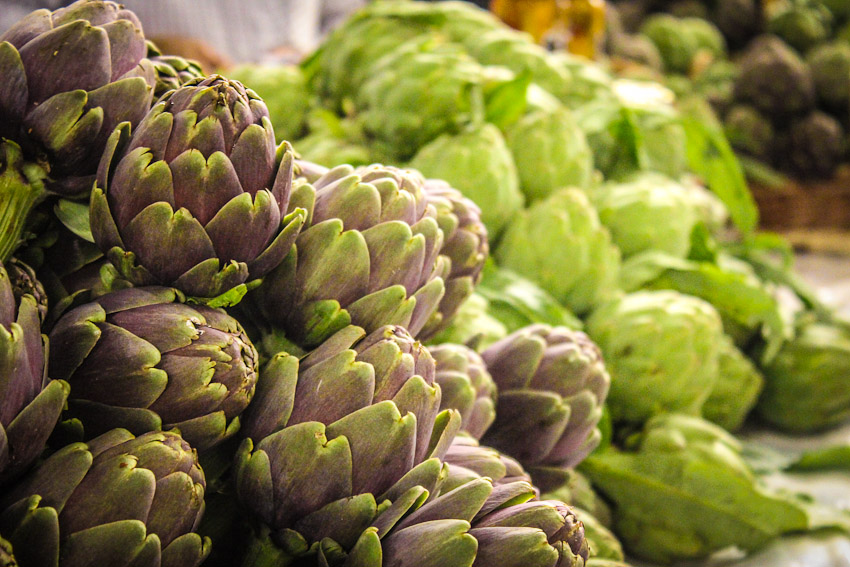
I love everything about artichokes: I love its taste, texture, color, and shape – I love it so much I’d seriously consider an artichoke tattoo tramp stamp… on my lower back, ankle or neck. The alcachofa from La Plata is an exceptional product, and even celebrates the “Fiesta de Alcaucil” in its honor.
Sal de Aquí, Chubut 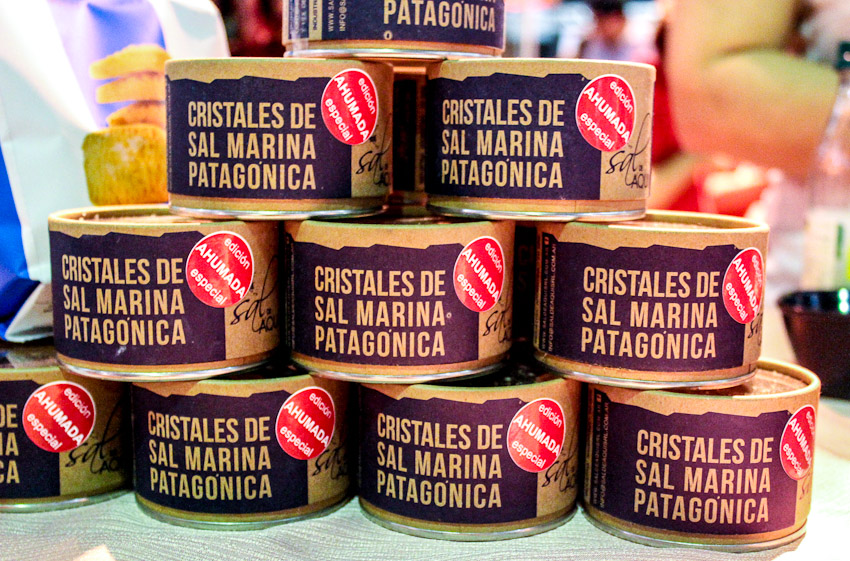
By far the best local sea salt I’ve found in Argentina, any snobby salt connoisseur knows that these salt crystals from Patagonia are far superior to the rest.
Santa Agueda, Cabaña Tambo, Las Flores, Buenos Aires

Oh, hallelujah! Praise the cheese lords! Santa Agueda is like cheese heaven with properly made cheeses for all cheesy taste buds.
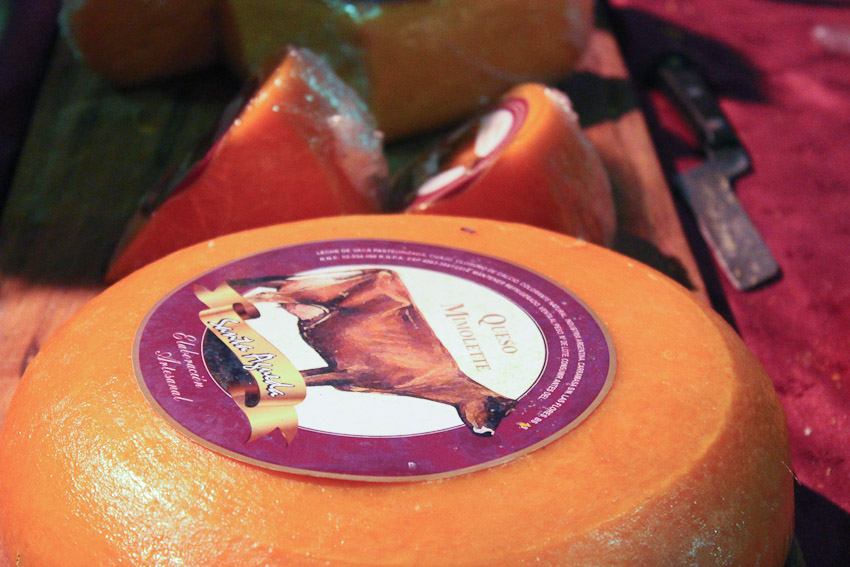
MIMOLETTTTEEEE <3
Establecimiento Tierra Fertil, Misiones 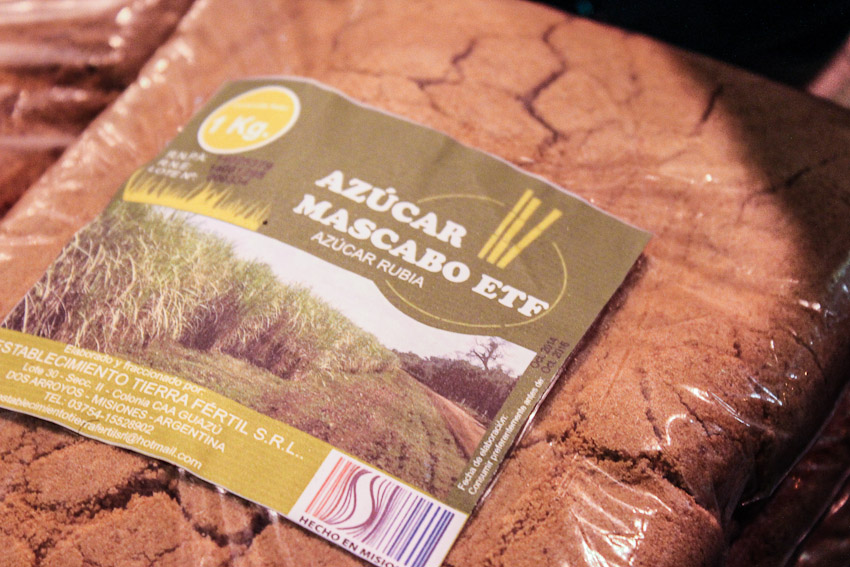
Tierra Fértil from Misiones makes the only organic certified muscovado sugar in the country. Byebye white sugar, hello mascabo.
Orgánicos de las sierras, Alta Gracia, Córdoba 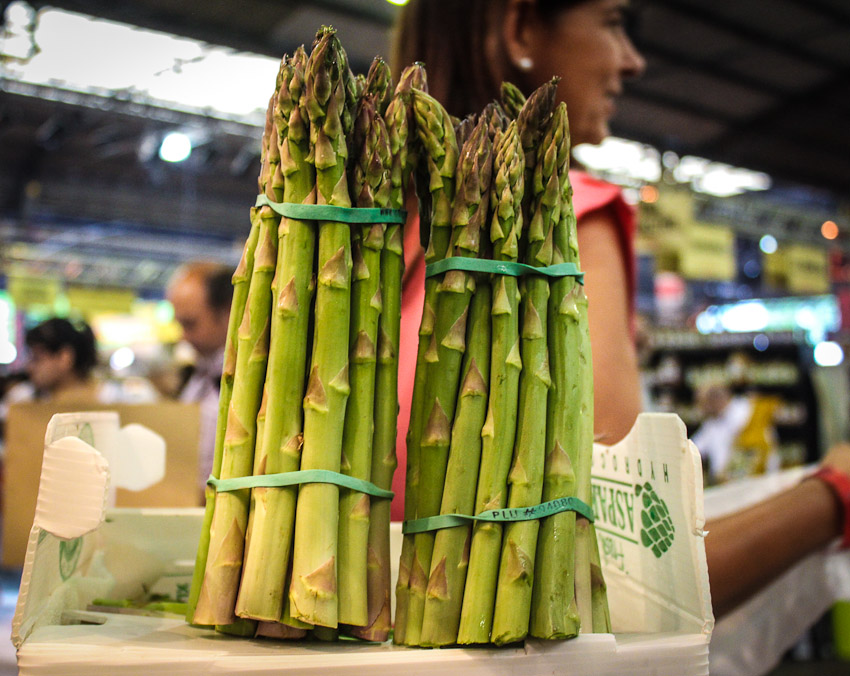
This organic asparagus from Córdoba must have grown inside some magic soil because it is one hell of a high class vegetable. Steam it, grill it, bake it, smother it in an oozy egg yolk or even eat it raw — it tastes great in all or any forms.
Cabaña Las Dinas, Tandil 
I had too much fun at Las Dinas food stand where I hovered around like a pork slut sampling every product they offered. My mouth turned out to be a magnet for Las Dinas porky goods.
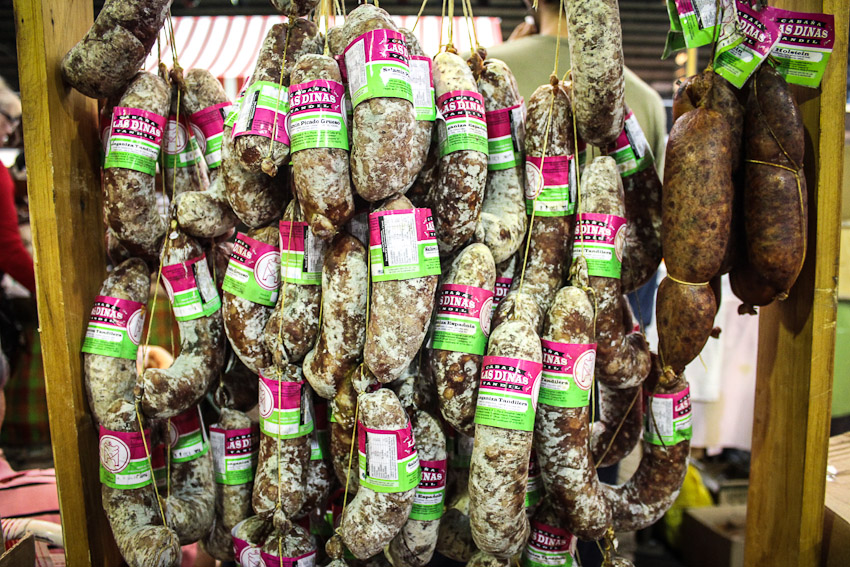
Exhibit A: The salami.
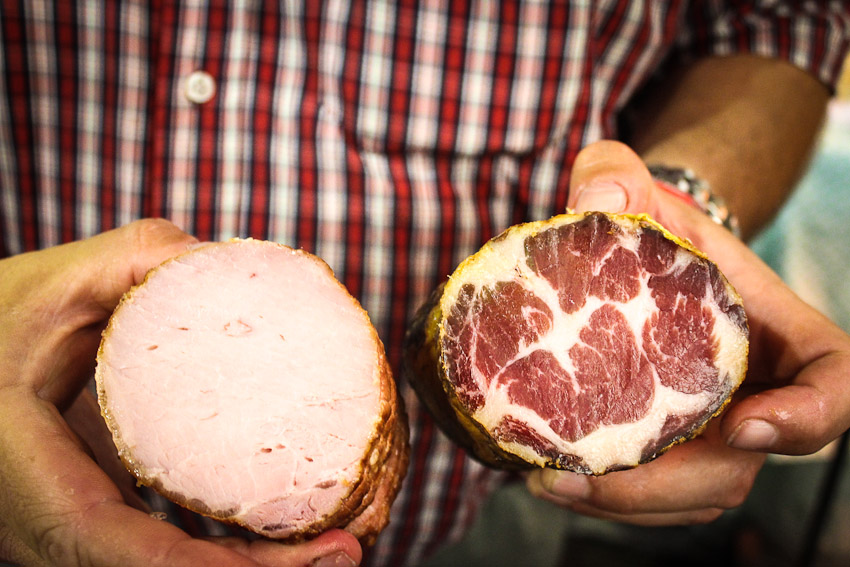
Exhibit B: The ham, smoked and crudo.
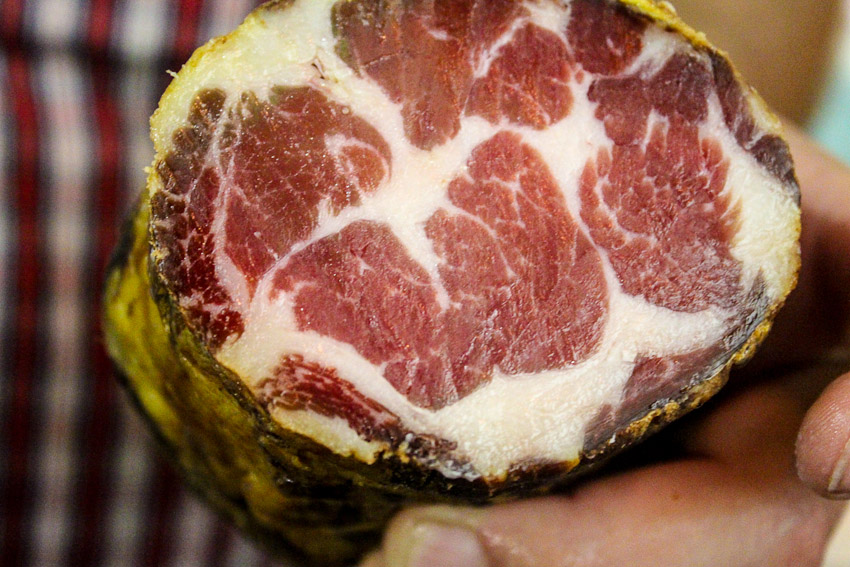
Exhibit C: Up close and personal with some jamón crudo. We all need this fiambrería in Capital, and luckily the NEW awesome Il Post Mercato carries Las Dinas products.
La Acequia, San Juan 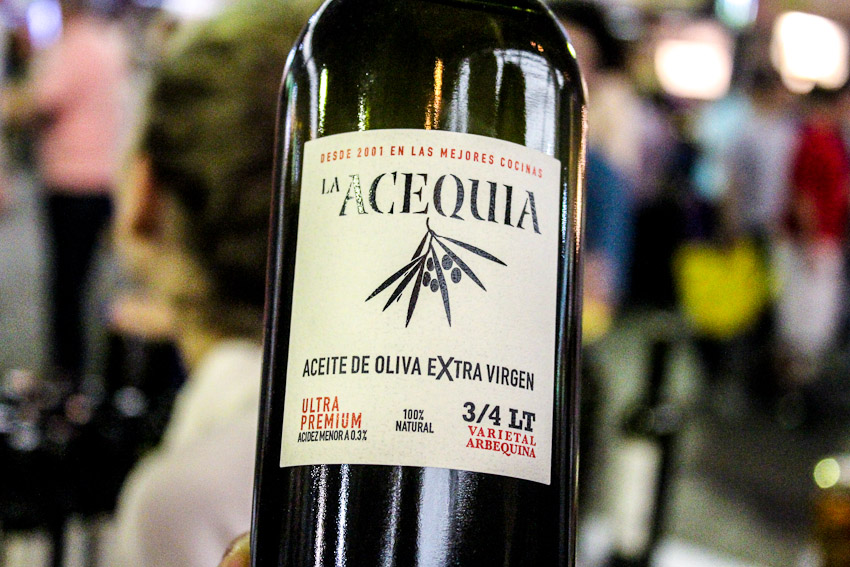
La Acequia’s ace olive oil is the absolute tops.
Los Hermanos, Miramar, Buenos Aires 
Some brotherly amor in the form of fiambres over at Los Hermanos. They also serve a killer smoked cheese, salami, and ultra meaty hongos de pino ideal for any sauce.
Sueño Verde, Pilar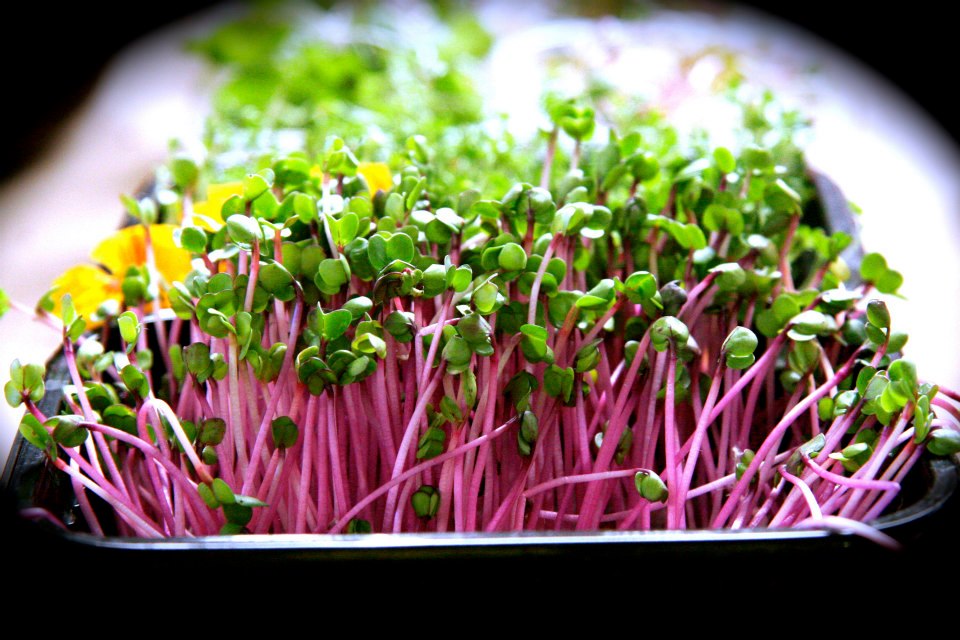
Sueño Verde has brought such joy to the BA food scene. The ingredients are impeccable, and it’s an honest company that honors the land. Three words: Go Kale Yourself.
Santa Olalla, Córdoba, Argentina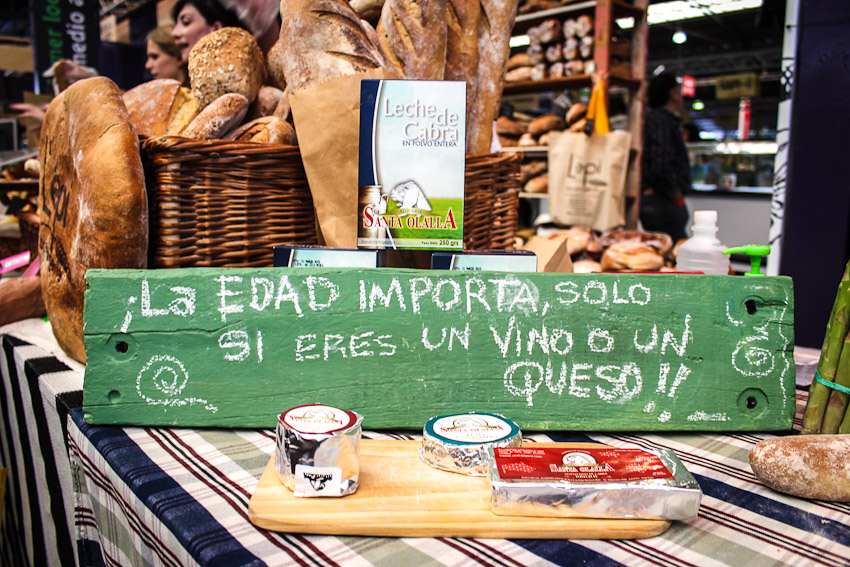
“La edad importa, solo si eres un vino o un queso.” TRU DAT. Award winning goat cheese like provoleta, camembert, Crottin, Sainte Maure, YES SIR.
Las Quinas, General Las Heras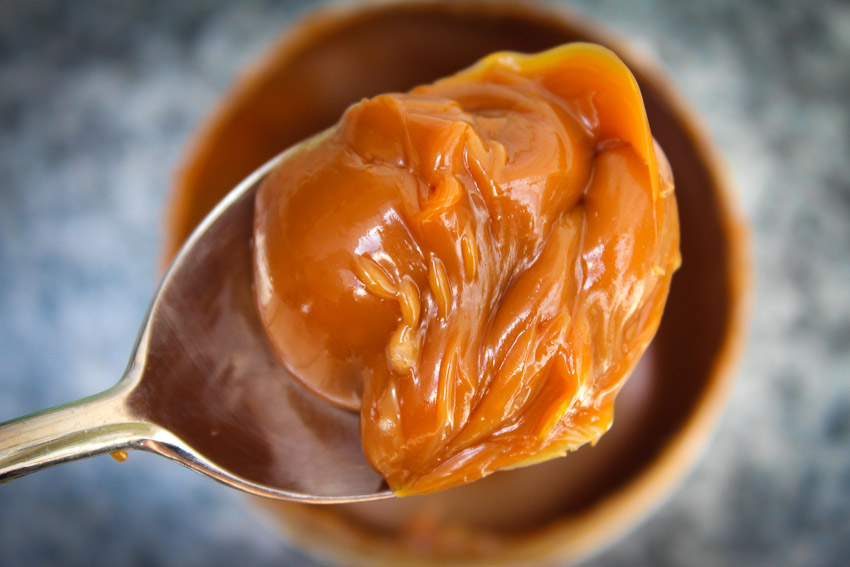
I have such sweet dreams about this dulce de leche that when I rest my head at night waves of this creamy caramel delight start to fill the space in between my ears. I got this tub on a Saturday, opened it on a Monday, and scraped the last few spoonfuls on a Wednesday. It’s that good. Especially with sprinklings of Sal de Aquí on top. BAM.
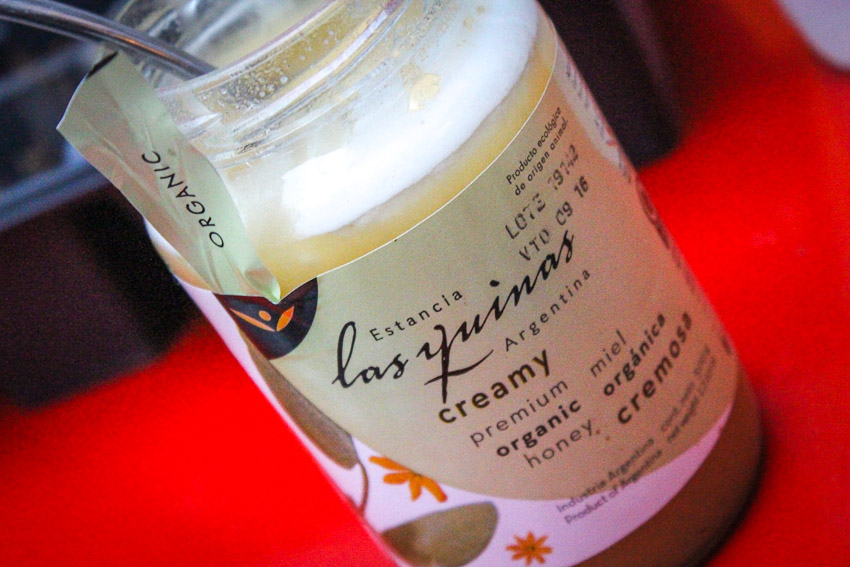
Las Quinas also brings us MIEL CREMOSO. I’ve never had honey with such a rich and creamy consistency, just look at that foamy top layer. When the dulce de leche was finished I may have moved onto eating the miel by the spoonful.
La Mama Rosa, Mendoza 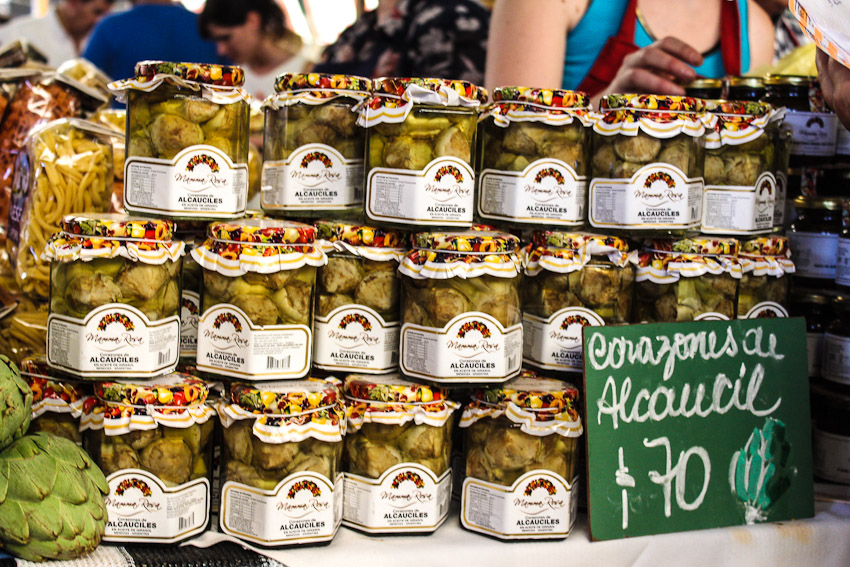
Hailing from Mendoza, I’ll always have a special place in my artichoke heart for La Mamma Rosa. I became a big proponent when I first bit into the artichoke empanada from El Nono Amigo, which carries all of La Mamma Rosa’s goods in the small almacén.
Puesto Viejo, Colonia Caroya, Córdoba 
It’s not easy to find white polenta in Buenos Aires, so when you spot Puesto Viejo’s polenta blanca, make sure to start hoarding. Many of the city’s greatest chefs have fallen for this product.
Aceites del Desierto, Córdoba
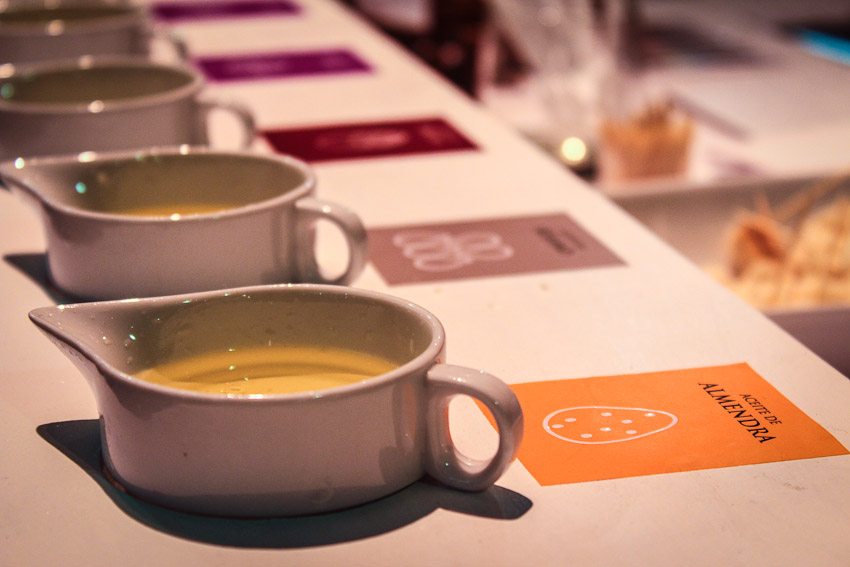
The almond, sesame, peanut, and pistachio oil from Aceites del Desierto should start a band. The almond oil is an absolute dream.
Wapi, Buenos Aires

Don’t worry, brie happy. Need I say more?
Napi-U, Corrientes
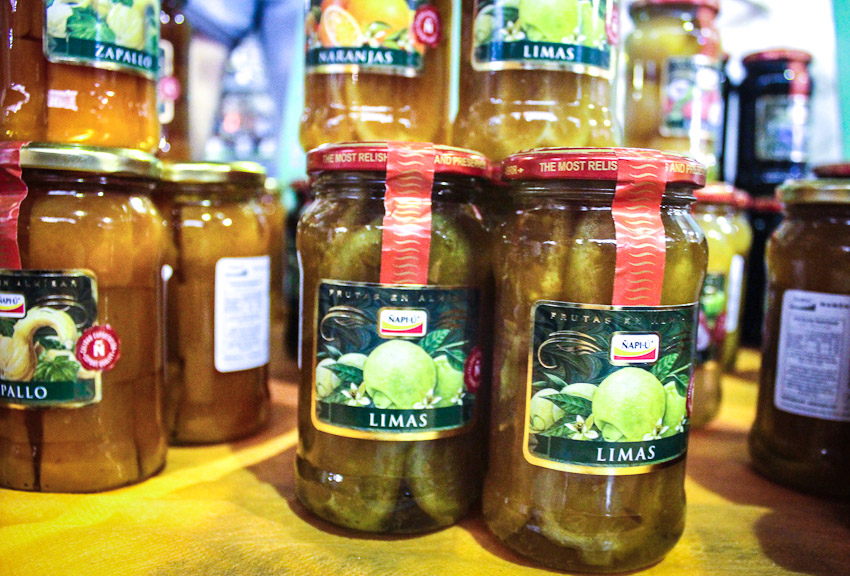
Whenever you can find these limas, get your dirty hands on them. A sweet, sour, acidic friend to complete any dish. Word on the street is it is extra delightful with blue cheese on toast.
Fermier, Suipacha

What a selection of cheeses from Fermier: brie, camembert, raclette and my future husband, Rebleusson.
Valle Paraiso, Cachi Salta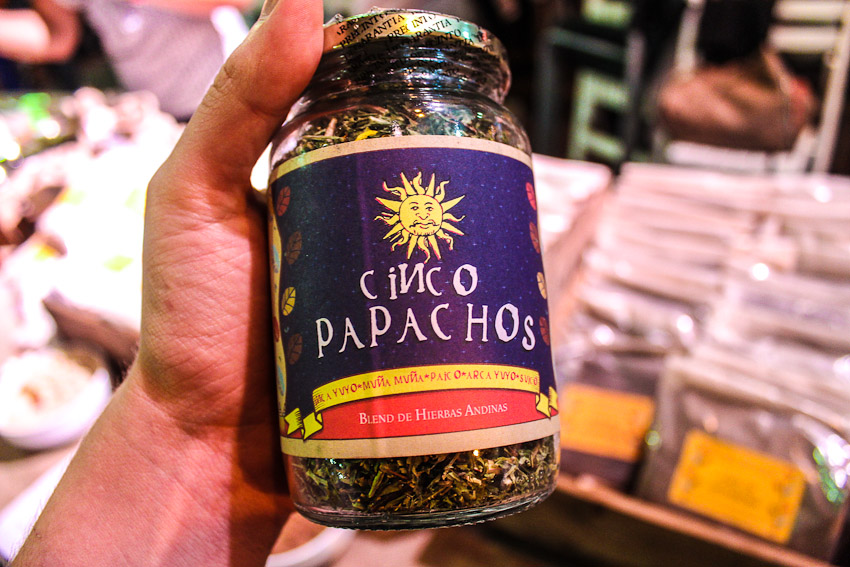
This is what Masticar is all about. Valle Paraiso is a socially aware operation that focuses on all natural, organic, herbs and spices from the Andes, working with families and small sized local producers from Cachi in Salta.
La Chacrita, Cordoba

CAPERBERRIES in BA. Lottery jackpot.
La Obereña, Misiones
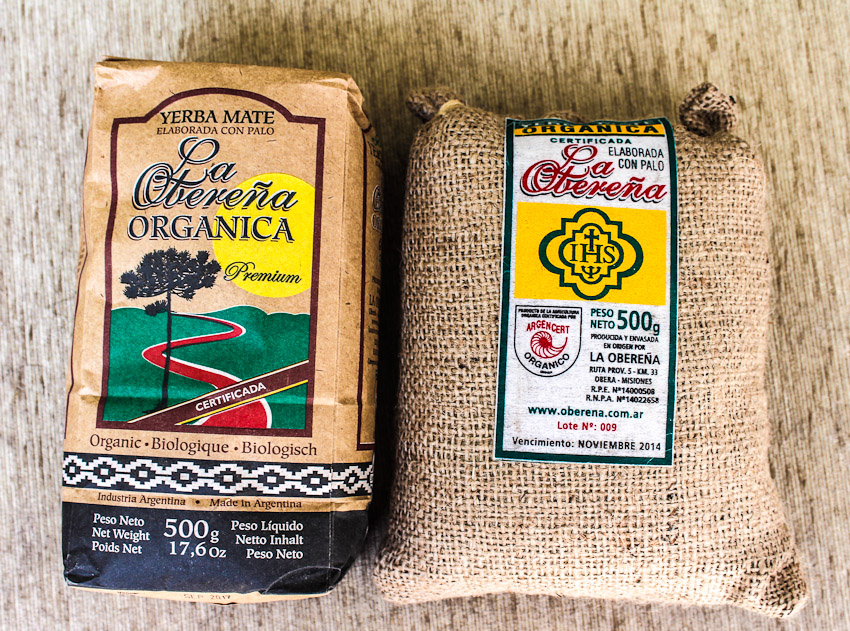
Since I’m a recent yerba mate drinker, the lovely folk at La Obereña hooked me up with an organic yerba gift pack. It’s just the time of herbs I need to become a serious mate convert. I’ve been drinking it non-stop, and now with the heat have been making tereré with orange-mandarina watered down juice.
Pülku, Rio Negro, Patagonia
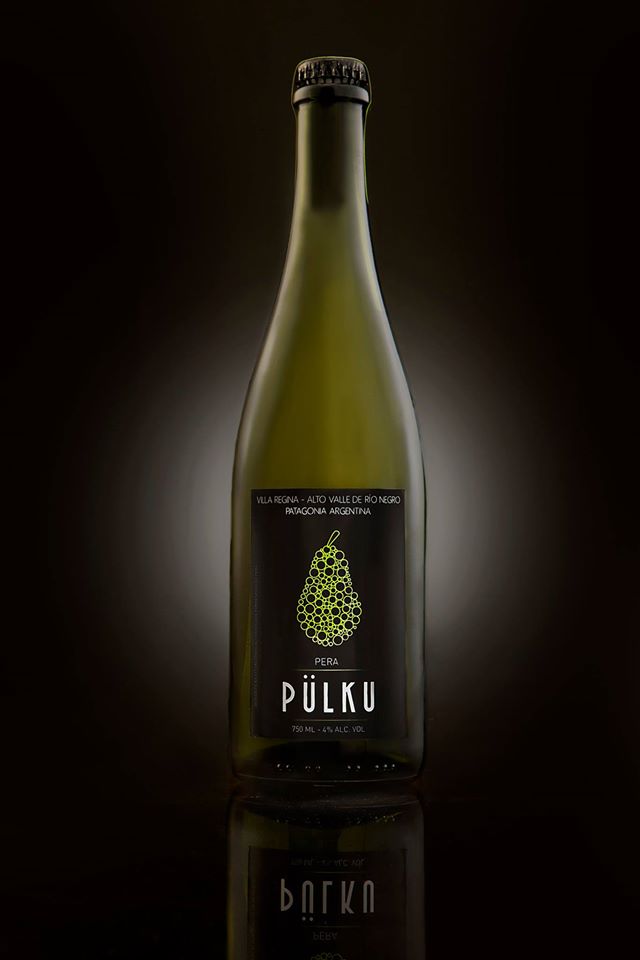
I first had Pülku at the Fierro Hotel last year and instantly became a fan. Made from apple or ripe Williams pears, this dry cider has the perfect balance between subtle sweetness and refreshing. The total drink of the summer.
Il Mirtilo Blueberries, Suipacha, Buenos Aires
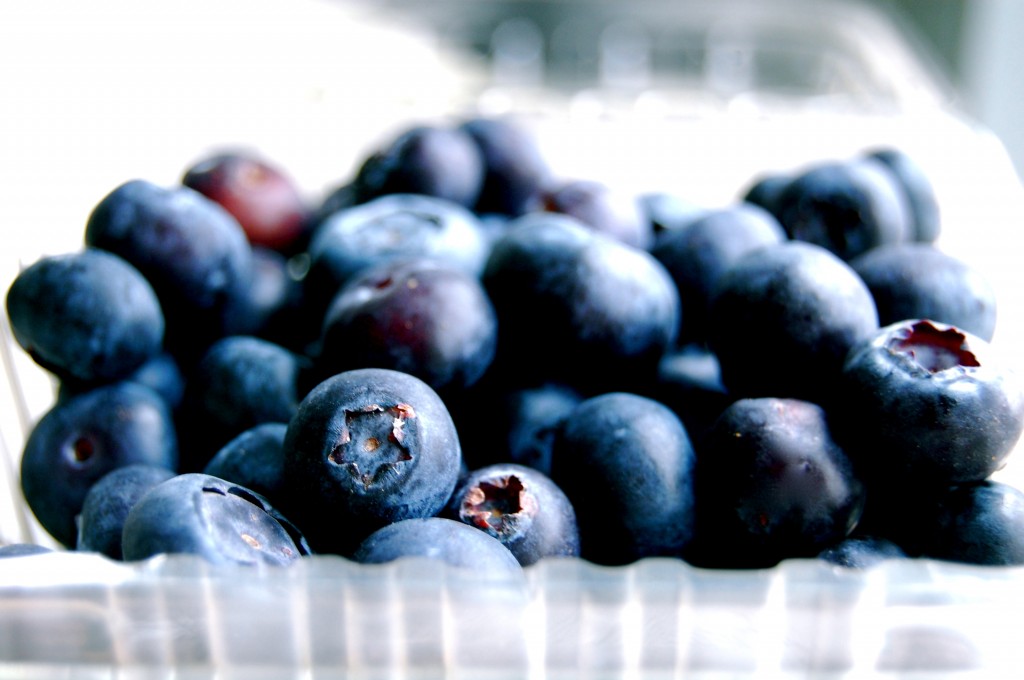
There’s nothing better than a handful of beautiful fresh blueberries. Il Mirtilo, a family owned arándanos farm in Suipacha, will make you turn all Willy Wonka’s Violet once you get hooked on their ‘lil blue balls of love. They also produce frozen raspberries and blackberries.
Tealosophy, Buenos Aires
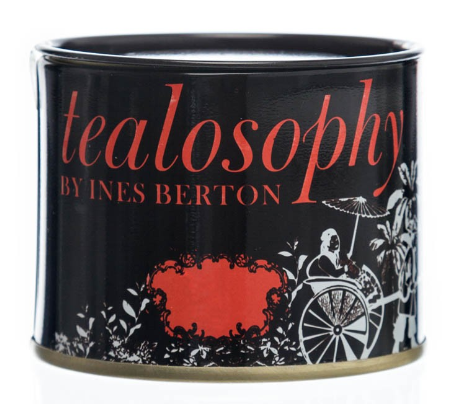
Inés Berton created a tea empire with only US$132. The master race of all infusions, Tealosophy has grown from a small operation into one of the most successful (and top quality) tea companies in the world.
MAJOR gracias to Mariano for giving me the VIP tour of the mercado.
And more photos from Masticar —> here.
Raghav Raj says
Los detalles que brindas son muy interesantes y sorprendentes. Gracias por una descripción tan detallada. Este artículo es realmente asombroso, gracias por compartir un artículo útil.
Randiv says
This article is excellent and very instructive. Thank you for sharing this very informative blog with us. Very interesting and amazing details you provide. I think this is an informative post and it is very useful and knowledgeable. therefore, I would like to thank you for the efforts you have made in writing this article. Excellent Explanation. Wonderful blog along with beautiful pics.
guillermina says
excelente nota Allie artichoque heart! haha Gracias!
ciudadesdeespana.com says
Wow!!!! A good post! :) :) :)
viaje a india says
Soy dueña de viaje a india, Muy interesante este blog sobre resturante de Argentina, Estoy viajando mucho , y yo no come carne , por eso quiero saber que comida por vegetariano en su país
ale says
The level of the argentinian cheese seems to me poor with respect to its potential. The immigrants’ rooted vines, their farmer culture, the terroir variety made a big result in wines – and Argentina is still growing (better quality, more complexity, less mere alcohol power attitude…). The richness in terroir – and possiby in milk – and the imported farmer culture didn’t have comparable results for cheese. I think there could be a relationship with the microclimates of the most developed (or populated) rural areas, or with the milk availability. On the other hand, Argentina is so big and diverse that niches for great cheeses should exist. It’s an opportunity.
pjarnold2014 says
After just returning from a month travelling through Argentina, I was disappointed in the quality of the feta cheese produced in the country. There was no taste whatsoever, totally bland. I found this in every part of the country.
ale says
Well, I understand your point and I agree that Argentina shouldn’t be your best choice for looking for feta cheese. On the other hand, I hope Argentina gave you more things to remember than the mere feeling of lack of feta. If in the need for feta, come to Europe and visit Greece. In Argentina, surrender to the meat, enjoy the northern cuisine, taste the wines, try the patagonian recipes. Finally, when in Baires, enjoy its culinary offer and taste how the local culture reflects in outer cuisines. It should be lot of fun.
Lauren McCrea says
uhhhh where’s the toddy?
lu says
After Masticar I travelled to Chile and went to Paula Gourmet, which is the same concept but was so disappointing to see many foreign products (mostly USA ) and so few locals products. Masticar is an incredible event and argentinian´s are doing great products.
John says
Why don’t you say when and where this event is??
Camilo Ordoñez says
Because it already was, from october 16 to 19.
guillermina says
it is happening during these days too. 16 through 19 of april 2015. at El Dorrego, in Palermo. BA